I'm terrified of horror games, but I can't stop playing Dying Light: The Beast
This zombie game finally made survival horror click for me
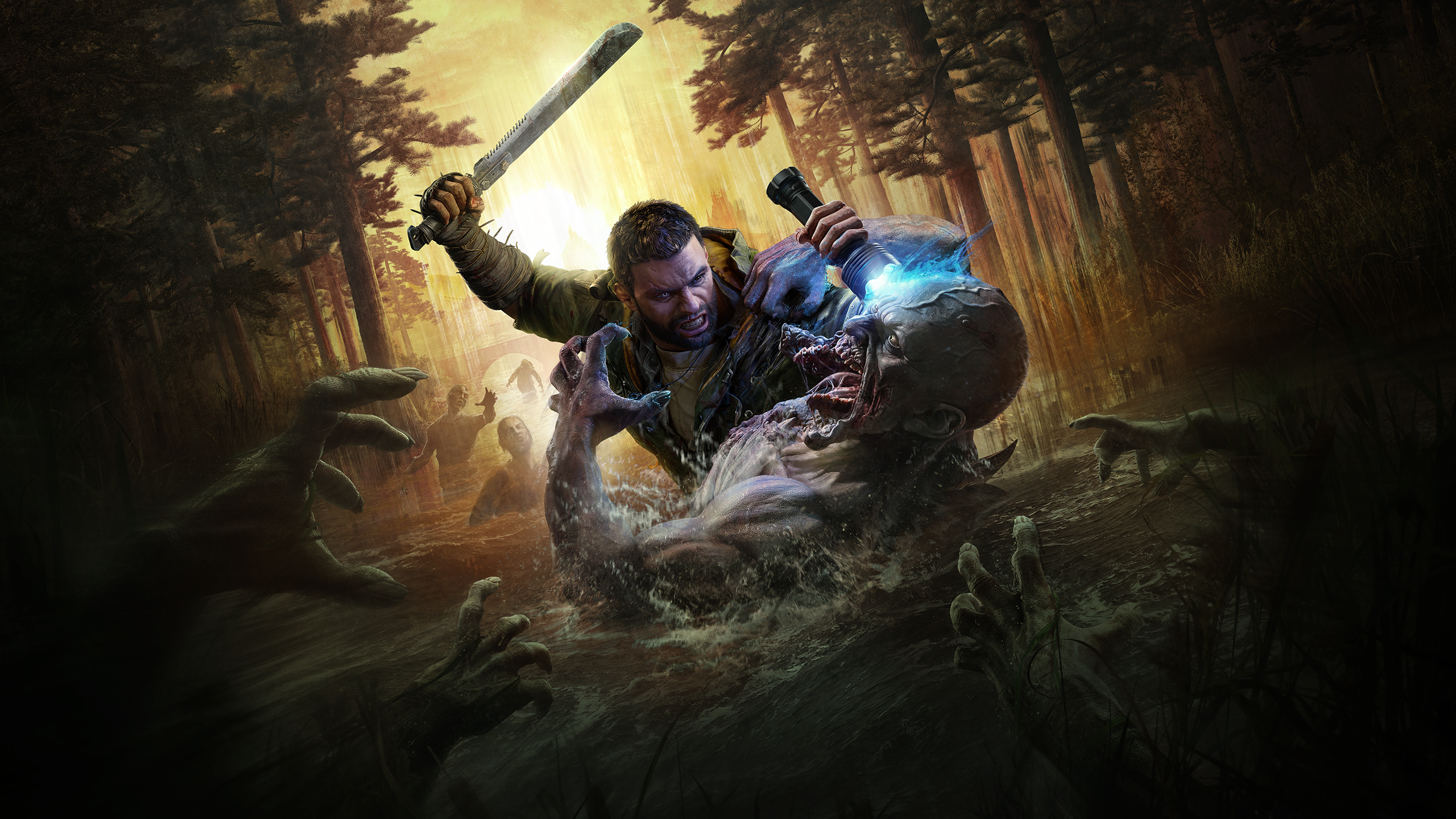
Let me be upfront: I've never been a horror game person. The scariest thing I've tackled is Resident Evil Village, and even then, I spent half the game psyching myself up for the next encounter. So when I booted up Dying Light: The Beast on my Xbox Series X, I expected to tap out after an hour or two of white-knuckle terror.
Twenty hours later, I'm still here, and I'm shocked to say this standalone sequel has completely won me over. What makes this even more surprising is that survival games have never really been my thing either. I've tried getting into titles like Atomfall, but the constant stress and laggy mechanics always pushed me away.
But Dying Light: The Beast does something different. It understands that accessibility doesn't mean compromising on tension or atmosphere. It respects that not every player wants to be punished relentlessly, while still delivering genuine stakes and heart-pounding moments.
A survival game that feels like an RPG
What I do love is the sprawling exploration of RPGs like Skyrim, Cyberpunk 2077 and Red Dead Redemption 2, where lock-picking a chest or crafting a new weapon feels rewarding rather than mandatory. Dying Light: The Beast somehow threads this needle perfectly. It has all the breadth and exploration I crave from RPGs, wrapped in a survival package that never feels punishing.
Coming into this blind (I haven't played the previous Dying Light games), I was worried the lore would feel impenetrable. Instead, this standalone does a fantastic job laying down the world-building in a way that feels natural, not cumbersome.
You play as Kyle Crane, a mercenary who's spent god knows how long fighting zombies, only to have his humanity altered — both psychologically and physically. The setup is immediately compelling.
What surprised me most was how quickly I became invested in Crane's story. Despite having no history with the franchise, the game does an excellent job of establishing who this character is and what he's been through. Even as a newcomer, I found myself caring about his journey and desperate to understand what had been done to him during his captivity.
Get instant access to breaking news, the hottest reviews, great deals and helpful tips.
Story mode doesn't compromise
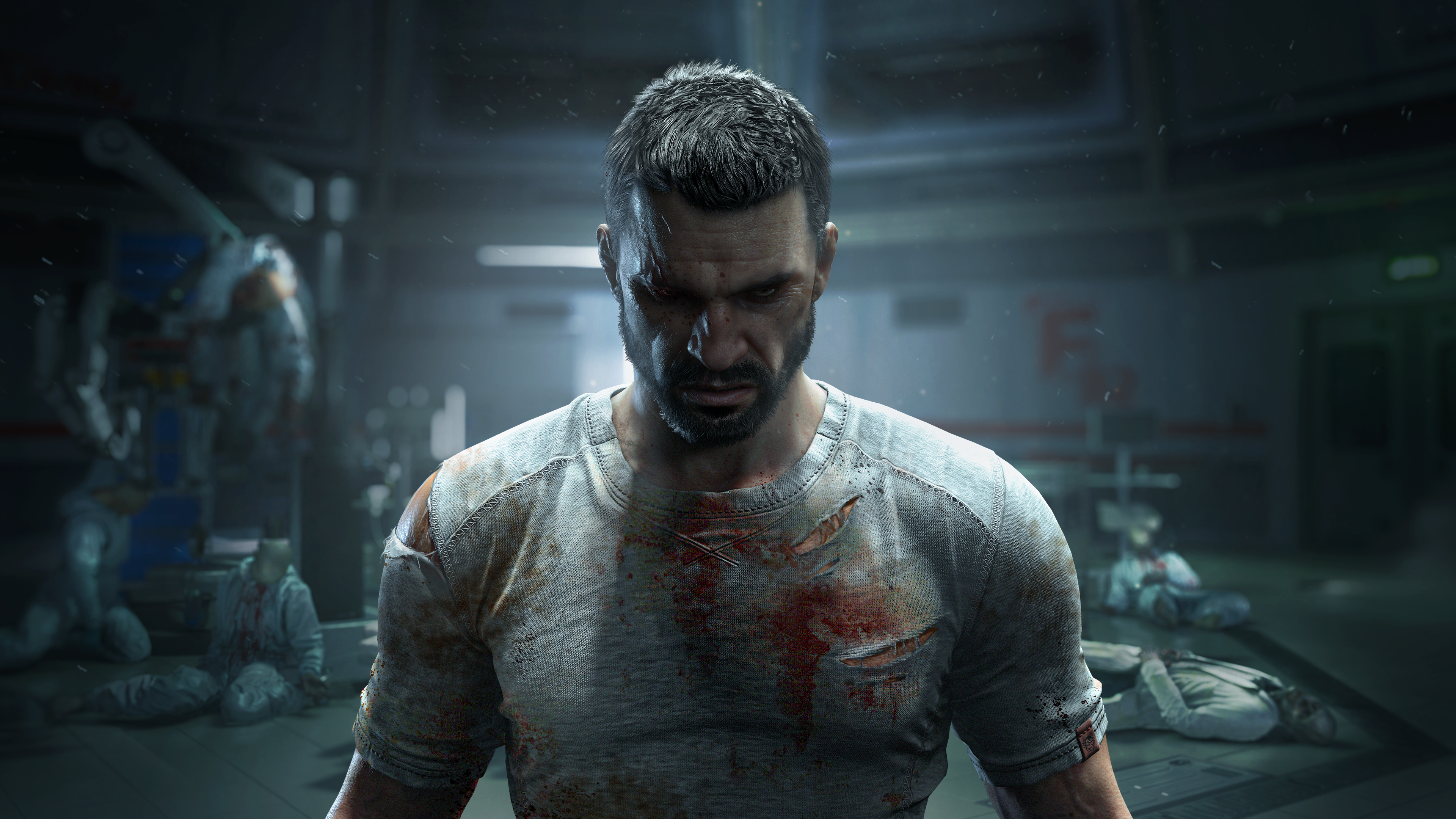
I played on Story mode, which is essentially the game's polite way of saying "easy." For those wanting more challenge, there's Survival mode, and for masochists, there's Brutal. Story mode really didn't feel like a cop-out, though. It felt like the developers understood that not everyone wants to constantly be punished, and that story can coexist with engaging gameplay.
The stakes are established immediately. You're trapped in a research facility, having been previously experimented on by a tyrannical band of scientists, when something breaks out, wreaks havoc, and a mysterious woman begins guiding you over the speakers.
The first-person perspective creates an incredible level of immersion right from the get-go. You're not watching Crane stumble through dimly lit corridors — you are Crane, disoriented and vulnerable, following a disembodied voice that may or may not have your best interests at heart.
What I found refreshing about this dynamic is how it sets up a relationship built on necessity rather than trust. The woman, whom you come to learn is called Olivia, has her own agenda and needs you alive to survive. The tension in those early exchanges adds a layer of paranoia that survival horror thrives on. It's a smart narrative choice that kept me second-guessing every decision going forward.
When you finally break free and step outside, the juxtaposition hits you like a freight train. After the sterile horror of the facility, the grass, the sun, the texture of the natural world—it's stunning. The graphics are gorgeous throughout, and the voice acting sells every moment. Everything feels real in a way that elevates the experience beyond what I expected from a zombie game.
The "best mode" features are inspired
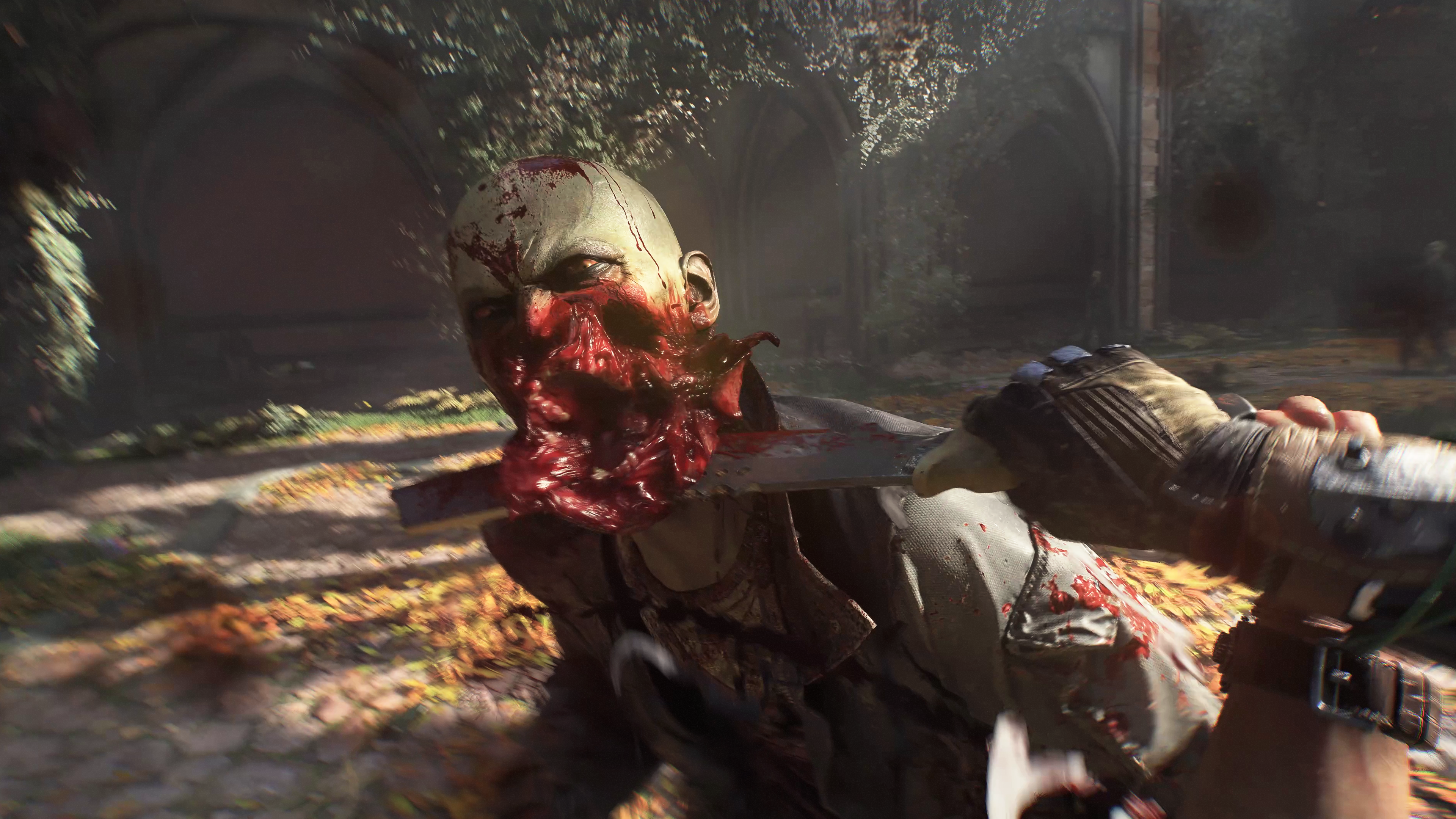
What truly sets Dying Light: The Beast apart is its inventiveness. You're not just surviving in a zombie-infested wasteland; you're playing as someone who is becoming something other.
Throughout the game, you hunt down Chimeras — massive, monstrous creatures that, once killed, allow you to siphon their blood. This blood becomes a GSB injection that grants you Beast Points, which stack up and you can spend on special abilities.
Tracking down new Chimeras to harvest their blood becomes oddly addictive. Each one presents a significant challenge, forcing you to prepare properly and approach the fight strategically. It's all worth it, as these injections unlock new abilities. Between these major fights, you're constantly searching for allies, scraps, and weapons scattered throughout the world.
And then there's what I call "the beast bar." During combat, a red bar fills at the top of the screen. Once it hits maximum, you go full Hulk mode, tearing through anything in your path with brutal efficiency. It's a lifesaver when your weapons are broken and you're out of medicine — which, let me tell you, happens more often than I'd like.
What makes the beast mode mechanic so satisfying is how it fundamentally changes your approach to combat. When that bar is building, you're playing cautiously, conserving resources and picking your battles carefully. But once it fills and you activate beast mode, you become the apex predator. It's so much fun.
The price of realism
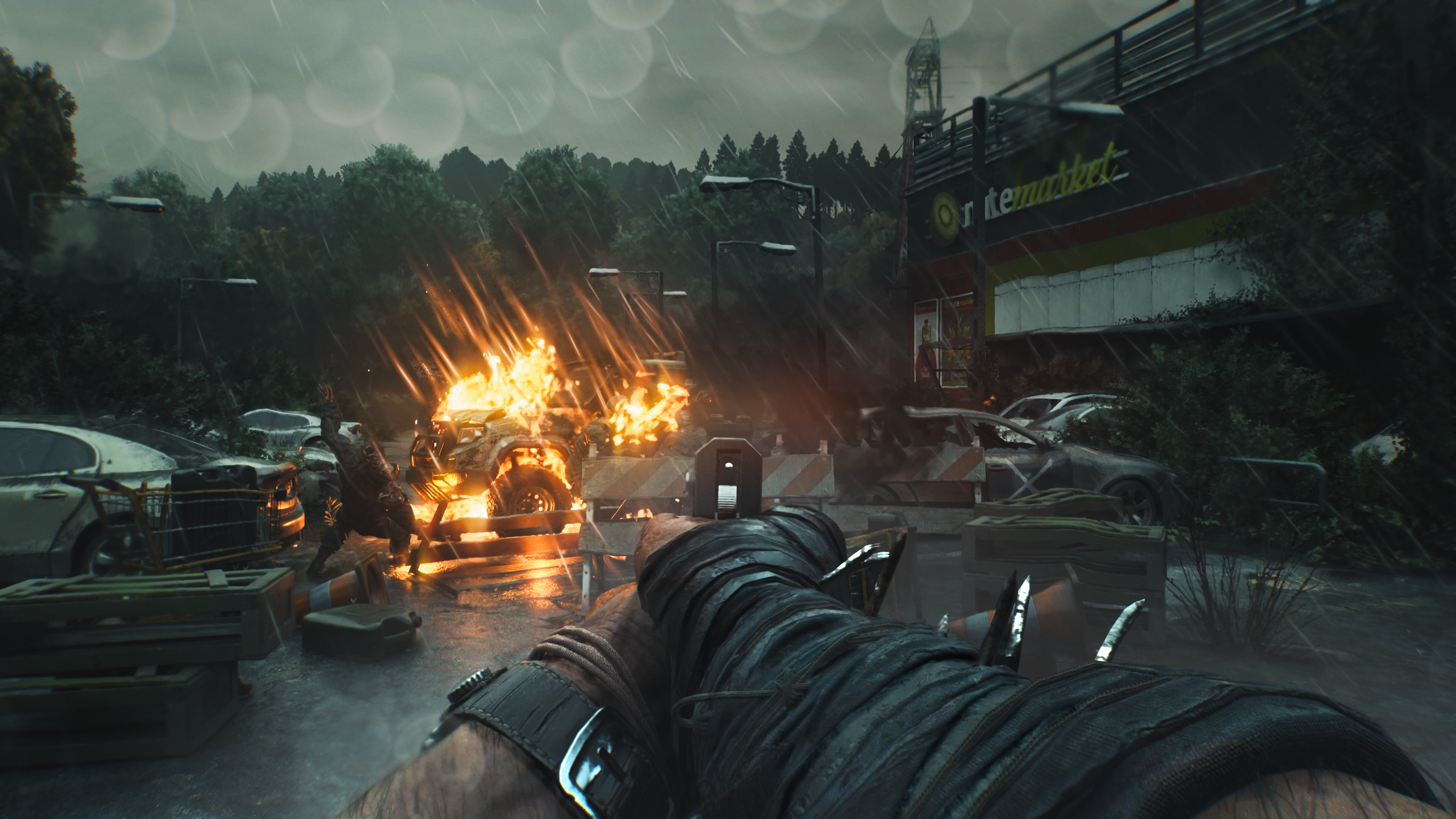
Speaking of broken weapons: they break constantly. I know this is a survival game, and weapon degradation is part of the genre's DNA, but they break so quickly. It's just one of those elements where realism butts up against convenience, and for an impatient player like me, it can occasionally feel like busywork.
The other element that tested my patience was the parkour and environmental puzzles. Dying Light: The Beast requires you to be strategic about navigation —connecting this zipline to that platform, figuring out how to scale a building, and planning your route from A to B. The parkour system itself is fluid and responsive once you get the hang of it, but the learning curve can be steep for newcomers.
That said, when the parkour clicks, it's exhilarating. Chaining together wall runs, jumps, and slides while being chased by a horde of zombies creates genuine panic in the best possible way. Once mastered, you feel incredibly capable. It's just a shame that some of this strategy can slow down the pacing when you're eager to push forward.
A convert's perspective
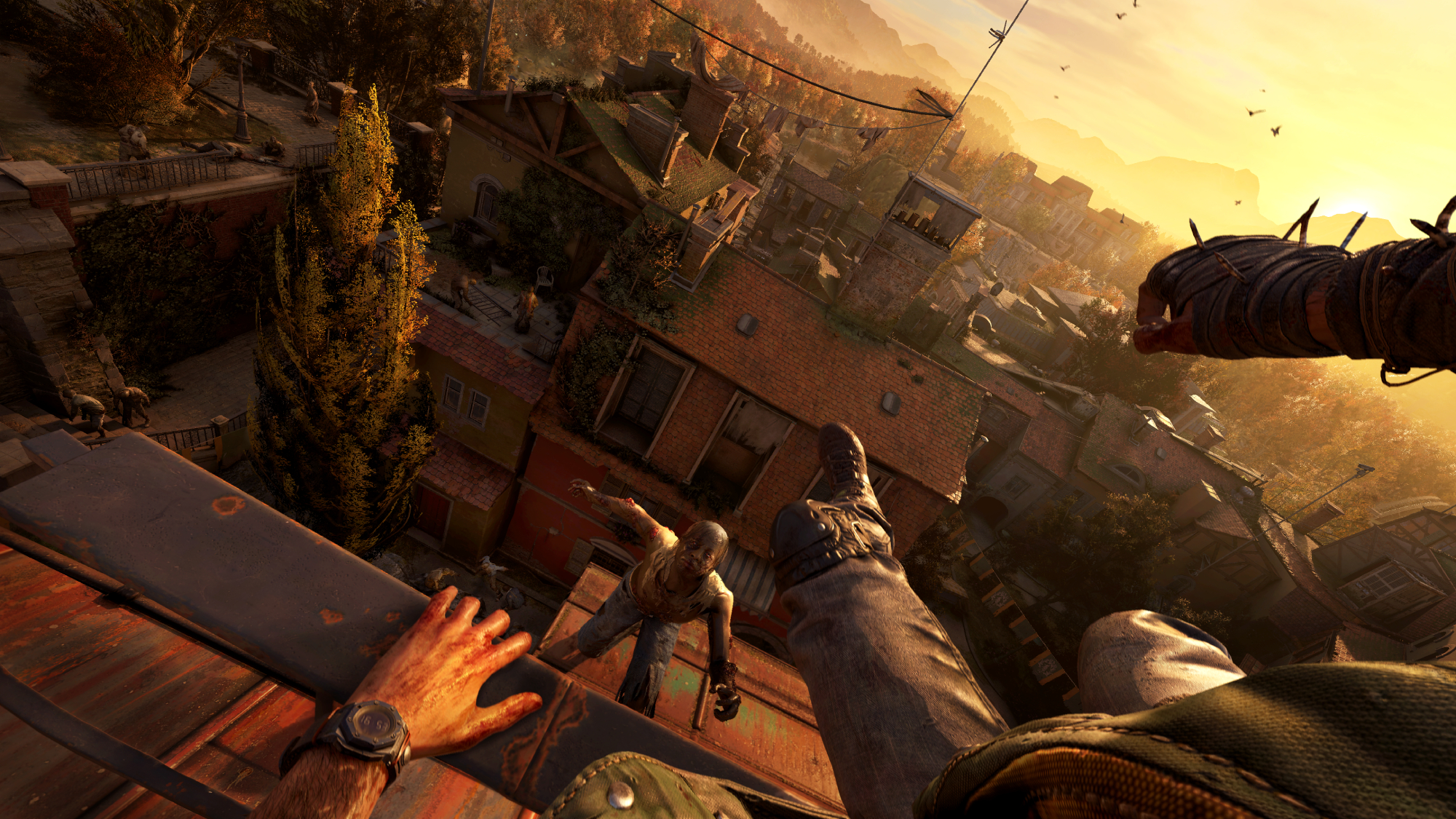
After 20 hours with Dying Light: The Beast, I'm shocked at how thoroughly it's won me over. This is a game that took a horror-averse, survival-skeptical player and made them a believer. It respects your skill level without compromising on atmosphere or stakes. It blends RPG exploration with survival mechanics in a way that feels fresh rather than derivative.
Is it perfect? No. Weapon degradation and somewhat fiddly parkour sections can grate. But when you're in beast mode, tearing through hordes of the undead, or carefully rationing your last health pack as the sun sets and the real terrors emerge, Dying Light: The Beast delivers something special.
If you've been on the fence about diving into this series, or if you're like me and thought zombies (and horror for that matter) weren't your thing, give this game a shot. You might just find yourself having more fun than you ever thought possible while being chased by the undead.
Follow Tom's Guide on Google News and add us as a preferred source to get our up-to-date news, analysis, and reviews in your feeds. Make sure to click the Follow button!
More from Tom's Guide
- Final Fantasy Tactics is the Game of Thrones video game I always wanted
- I'm sorry but the ROG Xbox Ally is way too expensive
- Here's 3 ways I make sure bad audio doesn't ruin my PS5 experience

Kaycee is Tom's Guide's How-To Editor, known for tutorials that skip the fluff and get straight to what works. She writes across AI, homes, phones, and everything in between — because life doesn't stick to categories and neither should good advice. With years of experience in tech and content creation, she's built her reputation on turning complicated subjects into straightforward solutions. Kaycee is also an award-winning poet and co-editor at Fox and Star Books. Her debut collection is published by Bloodaxe, with a second book in the works.
You must confirm your public display name before commenting
Please logout and then login again, you will then be prompted to enter your display name.











